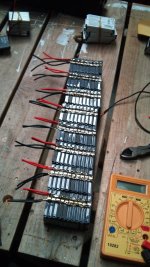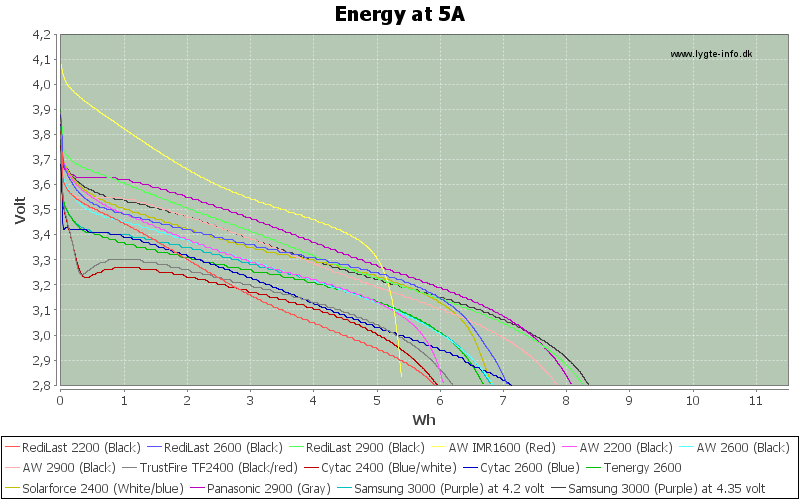miniebiker
100 mW
- Joined
- Aug 5, 2011
- Messages
- 35
Great info in this thread.
There is info about using these batteries to power electric bicycles and testing results in the book Electric Bicycles A Guide to Design and Use by William C. Morchin and Henry Oman starting on page 64.
This thread puts it all together !
There is info about using these batteries to power electric bicycles and testing results in the book Electric Bicycles A Guide to Design and Use by William C. Morchin and Henry Oman starting on page 64.
This thread puts it all together !






